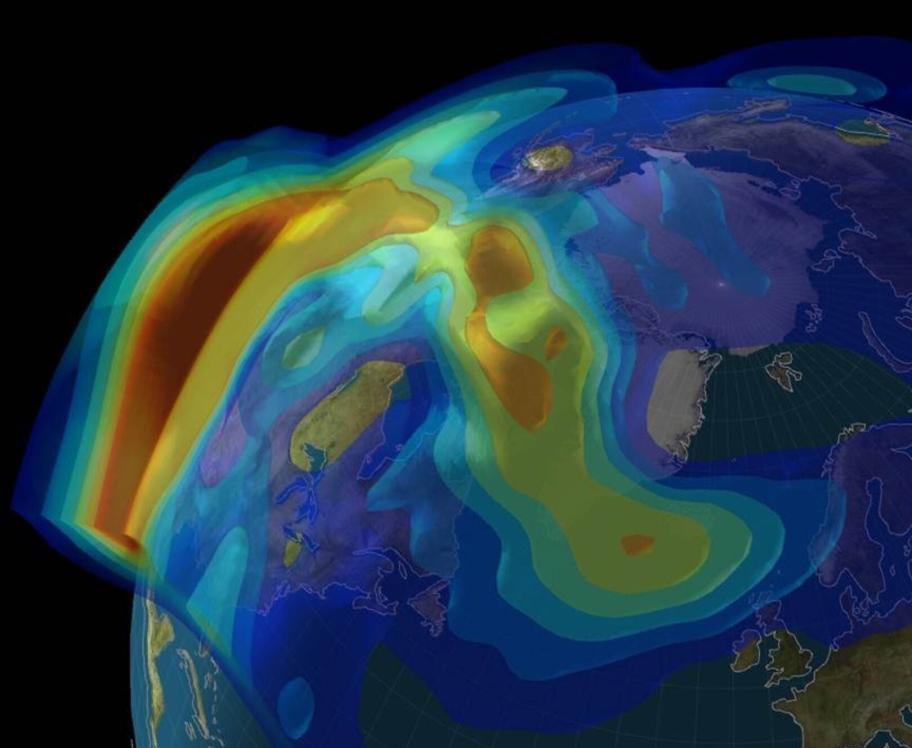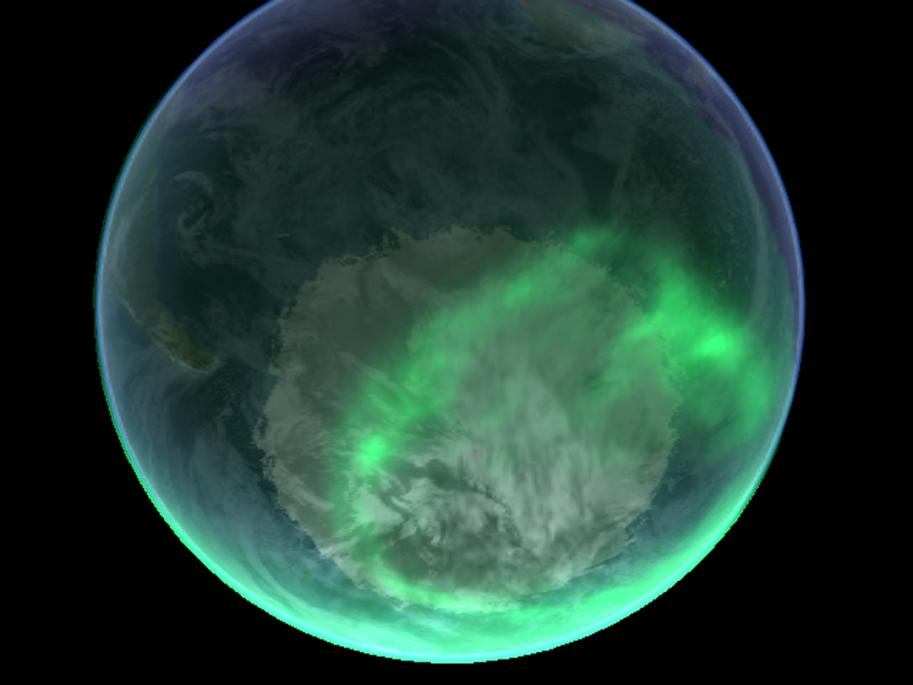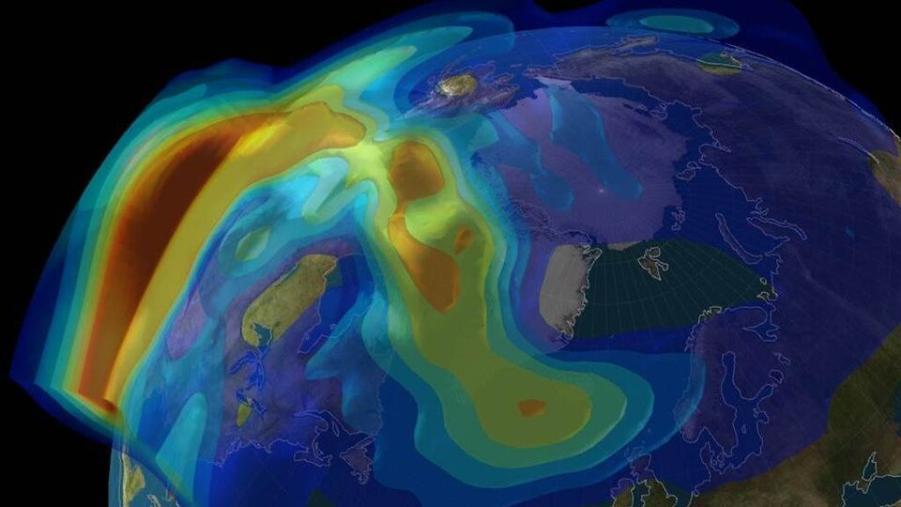How Do Solar Storms Affect the Northern Lights?
The Northern Lights, also known as aurora borealis, are a captivating natural phenomenon that has captivated humanity for centuries. These celestial displays are caused by the interaction between solar storms and the Earth's magnetosphere. This article delves into the intricate relationship between solar storms and the Northern Lights, exploring how these cosmic events influence the intensity and beauty of this natural wonder.

I. What Are Solar Storms?
A. Definition And Origin
Solar storms are powerful bursts of energy and particles that erupt from the Sun's atmosphere. These storms originate in the Sun's corona, the outermost layer of its atmosphere, and are triggered by various solar activities, such as solar flares and coronal mass ejections (CMEs).
B. Types Of Solar Storms
- Coronal Mass Ejections (CMEs): CMEs are massive clouds of charged particles and magnetic fields that are ejected from the Sun's corona. They are the primary drivers of geomagnetic storms on Earth.
- Solar Flares: Solar flares are sudden and intense bursts of energy released from the Sun's atmosphere. They are often associated with CMEs and can cause disruptions to Earth's communications and power systems.
- Solar Wind: The solar wind is a continuous stream of charged particles emitted from the Sun's corona. While it is less energetic than CMEs and solar flares, the solar wind can still affect Earth's magnetosphere and contribute to auroral activity.
C. Causes And Frequency
Solar storms are caused by various factors, including the Sun's magnetic field, solar activity cycles, and sunspot activity. The frequency of solar storms varies throughout the Sun's 11-year activity cycle, with more frequent and intense storms occurring during periods of high solar activity.
II. How Solar Storms Affect The Earth's Magnetosphere
A. Earth's Magnetosphere And Its Protective Role
The Earth's magnetosphere is a region of space surrounding the planet that is influenced by its magnetic field. It acts as a protective shield, deflecting and absorbing charged particles from the solar wind and solar storms. The magnetosphere consists of several layers, including the bow shock, magnetopause, and Van Allen radiation belts.
B. Disruption Of The Magnetosphere By Solar Storms

When a solar storm, particularly a CME, interacts with the Earth's magnetosphere, it can cause significant disturbances. The CME's magnetic field interacts with the Earth's magnetic field, leading to a temporary deformation of the magnetosphere. This interaction can trigger geomagnetic storms, which are characterized by fluctuations in the Earth's magnetic field.
C. Effects Of Geomagnetic Storms On Earth's Atmosphere
- Auroras: Geomagnetic storms can cause disturbances in the Earth's atmosphere, leading to the formation of auroras. The charged particles from the solar storm interact with atoms and molecules in the atmosphere, causing them to emit light, resulting in the colorful displays of the Northern Lights.
- Disruptions to Communication and Power Systems: Geomagnetic storms can also disrupt communication and power systems. The fluctuations in the Earth's magnetic field can induce currents in power lines, causing voltage fluctuations and even power outages. Additionally, radio communications can be affected due to the disturbances in the ionosphere, a layer of the atmosphere that reflects radio waves.
III. The Northern Lights (Aurora Borealis)
A. Definition And Natural Occurrence
The Northern Lights, or aurora borealis, are a natural phenomenon characterized by colorful displays of light in the sky, primarily visible in high-latitude regions. They are caused by the interaction between charged particles from the solar wind and the Earth's magnetic field. The particles are guided by the magnetic field lines towards the poles, where they collide with atoms and molecules in the atmosphere, causing them to emit light.
B. Process Of Enhancement By Solar Storms

Solar storms, particularly CMEs, can significantly enhance the Northern Lights. When a CME interacts with the Earth's magnetosphere, it can inject a large amount of charged particles into the magnetosphere. These particles are then guided towards the poles, resulting in more intense and widespread auroral displays.
C. Relationship Between Solar Storm Intensity And Auroral Brightness
The intensity of solar storms directly influences the brightness and extent of the Northern Lights. Stronger solar storms, such as those associated with large CMEs, can produce more energetic auroral displays that are visible over a wider geographic area. Conversely, weaker solar storms may produce less noticeable auroras that are confined to higher latitudes.
IV. Impact Of Solar Storms On The Northern Lights
A. Variability Of The Northern Lights Due To Solar Storms
The Northern Lights are highly variable in their occurrence and intensity due to the influence of solar storms. During periods of high solar activity, when solar storms are more frequent and intense, the Northern Lights are more likely to be visible and more spectacular. Conversely, during periods of low solar activity, auroral displays are less frequent and less intense.
B. Historical Examples Of Spectacular Auroral Displays
- 1859 Carrington Event: The Carrington Event of 1859 was a powerful geomagnetic storm caused by a CME. It produced auroras that were visible as far south as the Caribbean and caused widespread disruptions to telegraph systems.
- 1989 Quebec Blackout: In 1989, a geomagnetic storm caused by a CME triggered a widespread power outage in Quebec, Canada, affecting millions of people.
- 2003 Halloween Solar Storm: The Halloween Solar Storm of 2003 was a powerful geomagnetic storm that produced spectacular auroral displays and caused disruptions to satellite communications and power grids.
C. Scientific Importance Of Studying Solar Storms And Their Impact On The Northern Lights
Studying solar storms and their impact on the Northern Lights is crucial for several reasons. It helps scientists understand the Sun's behavior, the dynamics of the Earth's magnetosphere, and the potential impacts of space weather on Earth's technology and infrastructure. Additionally, it provides insights into the fundamental processes of particle acceleration and energy transfer in space plasmas.
V. Conclusion
The relationship between solar storms and the Northern Lights is a captivating and complex phenomenon that showcases the interconnectedness of our solar system. Solar storms can significantly enhance the beauty and intensity of the Northern Lights, creating awe-inspiring displays that have captivated humanity for centuries. Understanding this relationship is not only important for appreciating the beauty of the auroras but also for mitigating the potential impacts of space weather on our technology and infrastructure.
Further research is needed to better understand the mechanisms behind solar storms and their impact on the Northern Lights. Additionally, monitoring solar activity and improving space weather forecasting capabilities are crucial for mitigating the effects of geomagnetic storms on Earth's systems and infrastructure.
YesNo

Leave a Reply